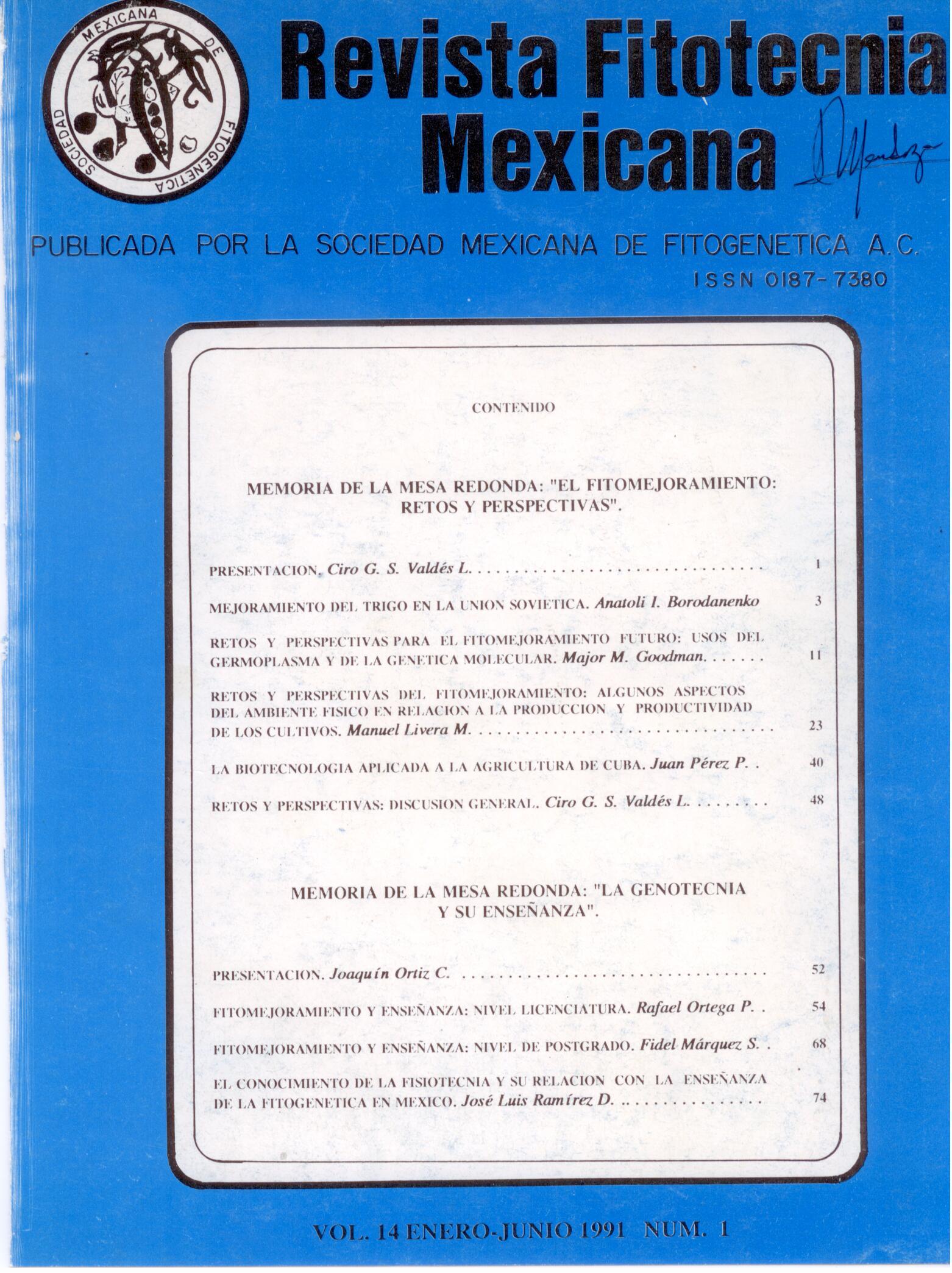PLANT BREEDING AND TEACHING: UNDERGRADUATE LEVEL
Main Article Content
Abstract
In our country there is considerable confusion in what is understood by Genetics, Plant Breeding, Genotechnics and other terms; in terms of the field that each of them covers, and their relationships with other disciplines. The content of a science, as well as its relationships with the rest, vary as it develops; For example, at first Genetics was limited to the study of the principles that govern inheritance, and later the study of the variation of organisms was added. As for Plant Breeding, in most countries it is quite clearly distinguished from Genetics and is equivalent to "Plant Breeding" in English, "Züchtugn in German and "Selectsia" in Russian. Plant Breeding, according to Gulliaev and Guzhov (1978) , is the treaty of selection in a broad sense, it includes the choice of starting material, the processes of diversification and transmission, separation and creation of new forms. According to several researchers, including Hallauer and Miranda (1981), plant breeders take two. important decisions in their programs, the first is the choice of germplasm and the second is the choice of the breeding procedure. According to the group of Physiotechnics researchers at the Postgraduate College, there is a third decision that plant breeders make and that is about approaches. of the plant breeding process (whether fundamentally working for yield, or also quality, stability, etc.) According to the preliminary conclusions of the History of Agronomy in Mexico group (Cortés, 1988), as well as other disciplines of the Agronomy, Plant Breeding is both technique, technology and science. It is technical, because empirical improvement arose together with the origin of agriculture. It is technology because scientific knowledge is systematically applied in practical work. It is science, because it takes principles developed by Mendelian Genetics, Quantitative Genetics, Organic Evolution, Physiology, Statistics and other sciences, as well as because it develops and integrates these principles.

